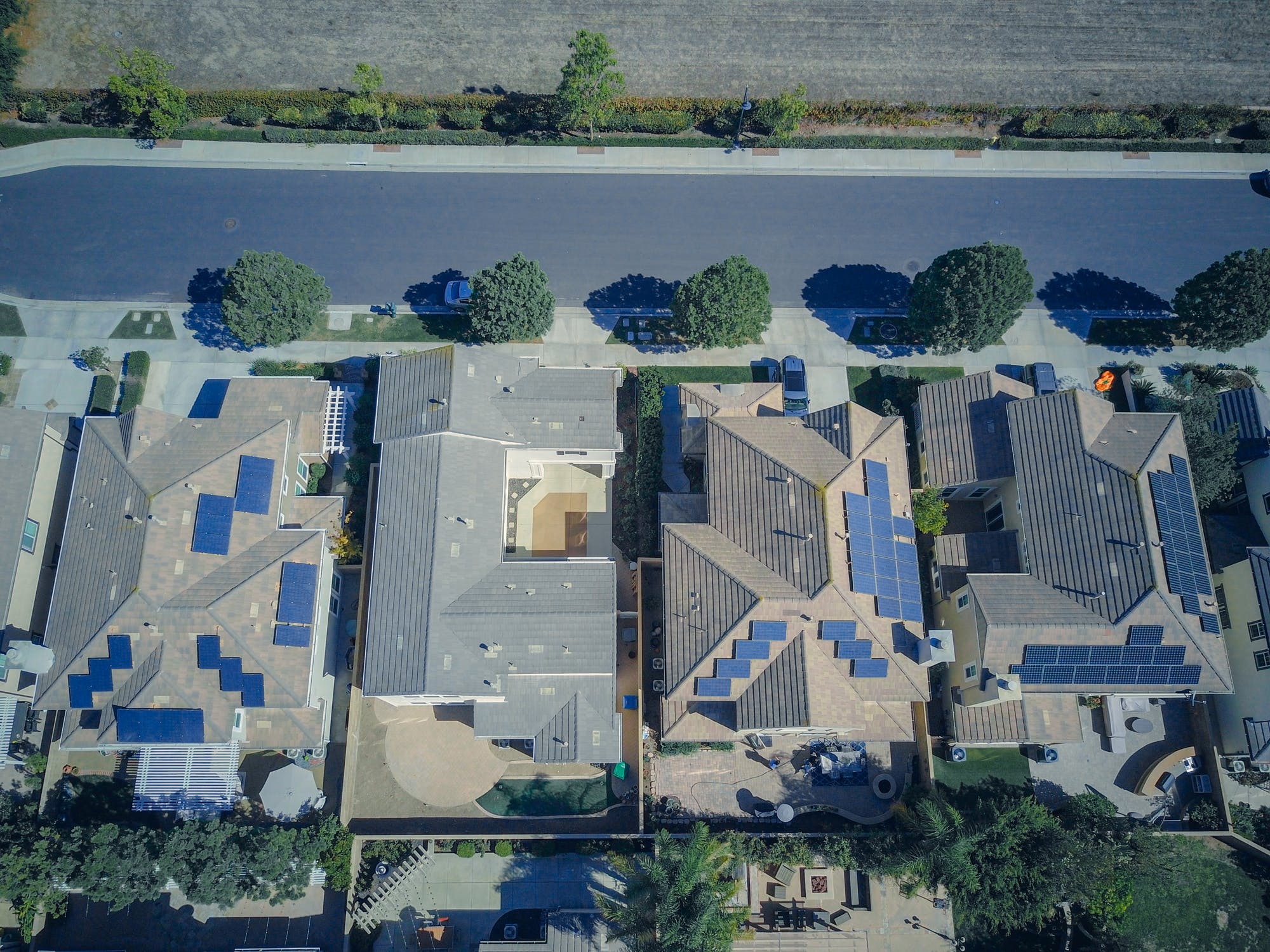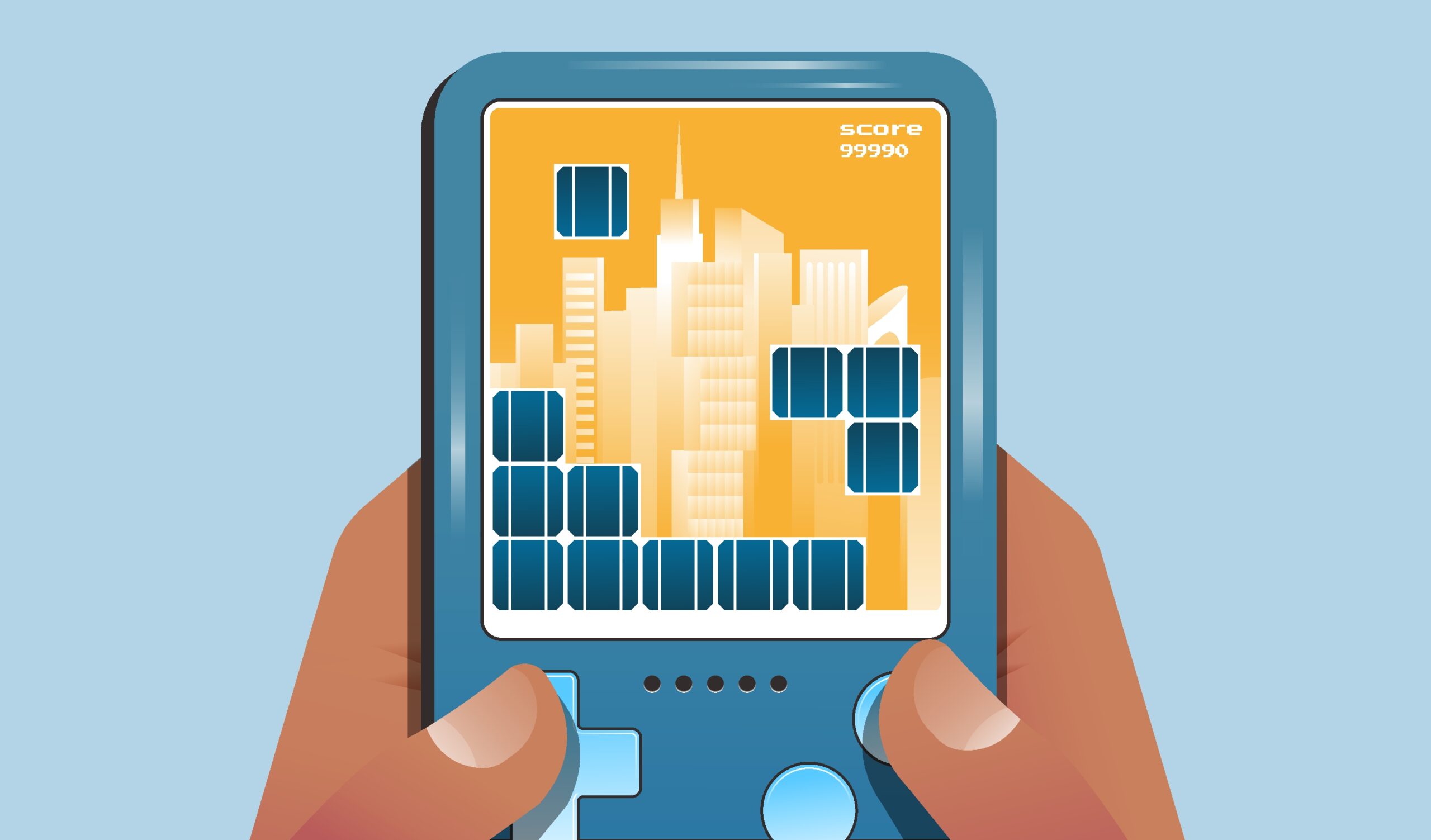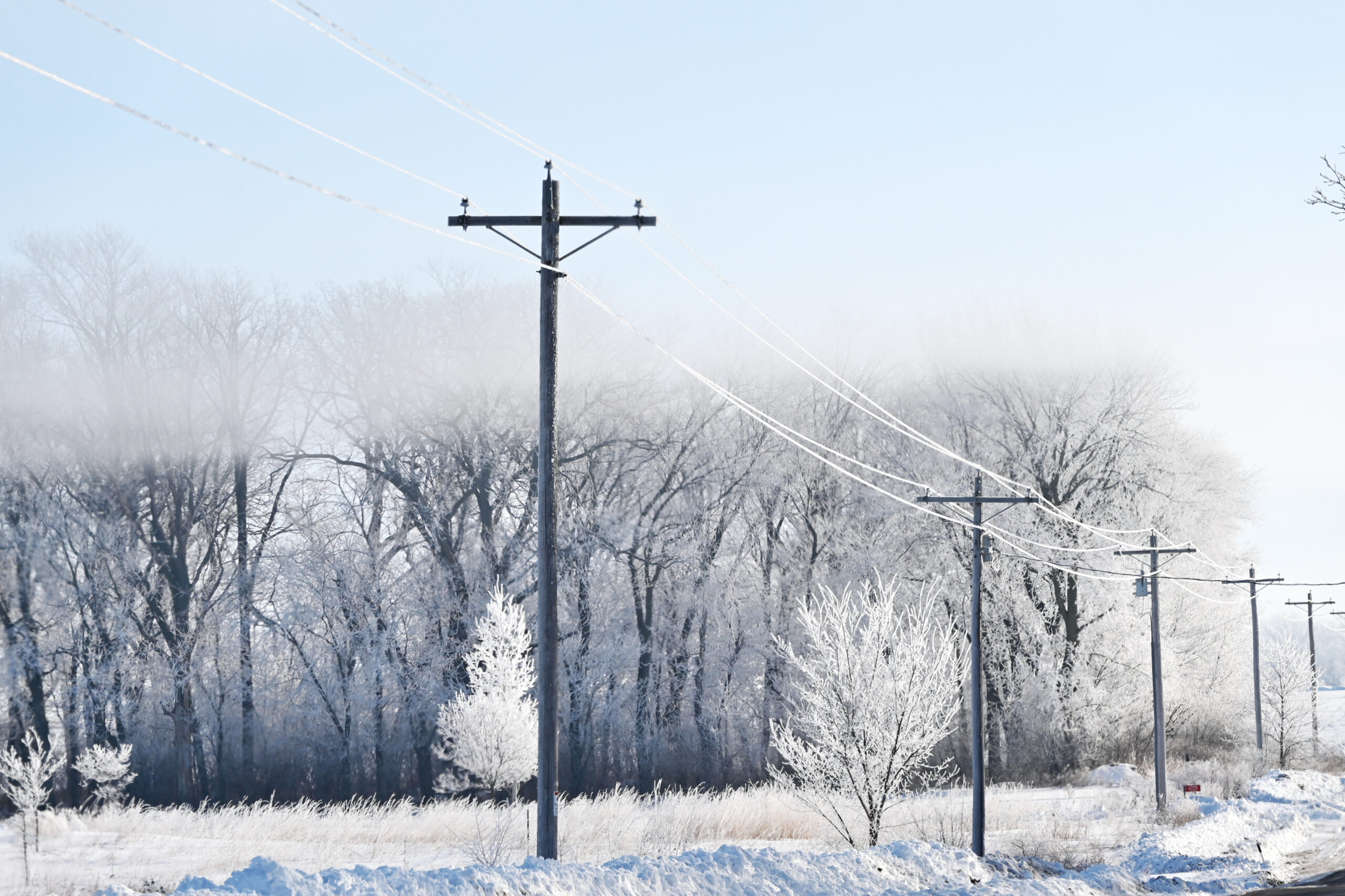The proliferation of smart, WiFi-enabled devices has provided opportunities for a variety of aggregate use cases, from home appliances to renewable energy technologies and beyond. In the utility space, internet of things (IoT) devices like smart thermostats, water heaters, or distributed energy resources (DERs) promise an interconnected future that, with the right organization, can help utilities and energy providers realize a modernized grid. Distributed energy resource management systems (DERMS) provide exactly that organization. So what can the right DERMS do for you?
What are DERMS?
DERMS are an AI that manages your various devices in unison, by connecting utility programs with individual household technologies. While the internet of things (IoT) isn’t a new concept, the evolution and proliferation of smart, interconnected devices have afforded fresh opportunities to combine previously unrelated technologies to serve a greater goal. To connect and organize these devices, utilities have turned to distributed energy resource management systems (DERMS) to securely manage, control, and report on devices integral to demand response programs and DER initiatives.
What is a DER?
Distributed energy resources (DERs) are a growing technological trend that allows a burgeoning prosumer base access to their power generation. Examples of DERs include rooftop solar photovoltaics, vehicle-to-grid (V2G) enabled batteries for electric vehicle (EV) charging, wind-generating units, and more. In short, a distributed energy resource is any personal technology that can generate energy independent of a pre-existing grid. These resources afford fresh opportunities in grid modernization efforts, by creating a coalition of devices that energy providers can harness to serve the greater community. DERMS then is the operating system that would control these disparate devices into an amalgamated whole.
Demand Response
Where DER technologies empower prosumers to self-produce energy, demand response programs are designed as a conservation tool to minimize collective usage. During peak times of usage, utility providers can employ demand response events to minimize communal energy consumption. To realize these programs, utility providers must enroll and engage customers for their elective participation. DERMS can manage a variety of program types, and in some cases, feature customer engagement tools to empower utilities to engage their customers and continue to grow their programs.
How DERMS Can Help
Not all DERMS are created the same. Purpose-built DERMS are designed to encompass all past, present, and future needs, often developed at the added expense of the utility. A purpose-built DERMS platform can take time and capital away from other projects, all before ever even operating. Vendor-led solutions are third-party-driven initiatives that free utility resources up by shifting control from the utility to the vendor. That risks losing out on customer data and engagement opportunities. By contrast, a flexible self-service SaaS model frees utilities to choose only the elements that they need now through a modular base of suites.
As a management tool, DERMS can help you enroll and control devices, optimize for time of use rates, and even unify DERs to form a virtual power plant. DERMS solutions are designed to manage a variety of tasks by interconnecting and unifying various devices. Through that, utilities can use resources previously outside of their purview, by tapping into renewable energies and enhanced conservation efforts.
Enrolling Devices
Enrolling and managing DER programs among multiple DER types/devices is a challenge on multiple levels for utility providers. For starters, not every device is designed to communicate in the same way, although there are APIs designed to ameliorate this problem. An obstacle for utilities, device enrollment presents a substantial barrier to customer buy-in and engagement, all before your pilot has even started. Fortunately, some DERMS can help utilities manage both their customer and device enrollment, through a streamlined process that makes it easier for everyone involved. Along with enrollment, a robust DERMS strategy can engage with customers beyond enrollment, from an array of educational communications options to incentive processing.
Device Control
The basic function of a DERMS is to control multiple devices simultaneously, irrespective of the initiative. DERMS are designed to connect a host of BYOD-enabled initiatives, allowing program providers to manage demand response events by device type (ex. Smart thermostats or water heaters) or to manage virtual power sources or reciprocal power management efforts. Unfortunately, not all devices were designed to talk to one another. Look for DERMS that offer an array of device partners and API opportunities to minimize any obstacles for your program enrollment and event deployment.
Reporting
Customer data is an important feature of any DERMS, as that information can inform programmatic decisions. A data-rich DERMS operation can utilize real-time and historical data to help program operators determine their ideal courses of action in an evolving energy environment. Furthermore, reported data is useful as an educational tool for prosumers and environmentally conscious consumers alike. Additionally, that energy-saving data has proven useful in gamifying customer buy-in, by directly tying the efforts of the individual with direct climate change outcomes.
Time of Use Optimization
As a regulated operation, program design is a unique challenge for utility operations. A robust DERMS can provide all the real-time data needed to inform the decisions of utility companies. That includes optimizing for time-of-use rates, an innovative rate structure that incentives usage during times of lower demand. For utilities that utilize TOU rates, the right DERMS will help guide your efforts by providing you useful and actionable customer data about how those rates are engaged by ratepayers. Many DERMS can help with higher wholesale prices, including the cost of capacity during peak load times, through useful insights including comprehensive analytics like real-time, historical, individual, and aggregate data about energy demand.
Virtual Power Plants
During times of peak demand, utilities are challenged to maintain grid balance without any outages. To manage this, many utility operations employ peaker plants, which are costly and environmentally unsound stop-gap solutions. Peaker plants are expensive to build and maintain, have limited use, and disproportionately emit health-damaging air pollutants.
– Syd Bishop, Sr. Content Specialist, Virtual Peaker
While not an entirely new idea, a virtual power plant is still a fresh take on a peaker plant. Rather than using a peaker plant, a virtual power plant combines and utilizes DER technologies to pull renewable energies into the grid during peak times of usage. A robust DERMS strategy is ideal to manage this concept, lowering costs and satisfying decarbonization and electrification efforts.
DERMS Conclusion
Utilities face a variety of challenges that require DERMS, including, but not limited to, budgetary confines and customer willingness. To fight climate change, energy providers around the world have been tasked with decarbonization initiatives meant to minimize the amount of carbon dioxide in the atmosphere. Running parallel to this are electrification efforts, which look to shift energy resources from fossil fuels to electric alternatives, which can be achieved through renewable technologies. To meet Net Zero Emission goals by 2050, demand response programs need to increase deployment levels tenfold. To satisfy these convergent efforts, utilities will need to enhance their existing DER and demand response strategies, making DERMS an increasing necessity.






